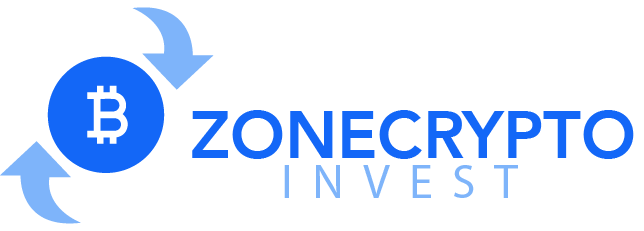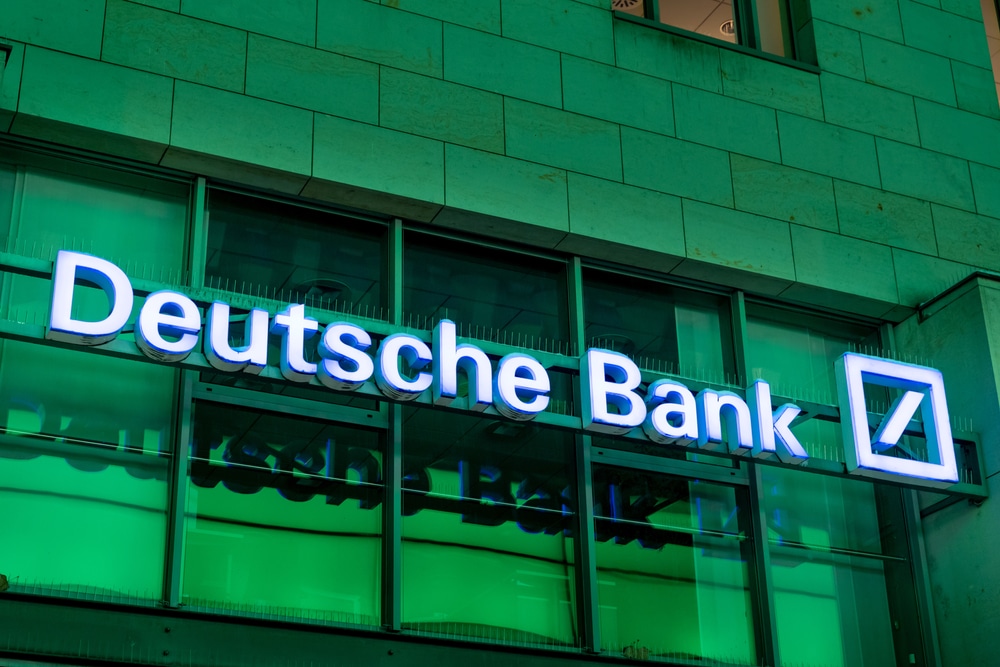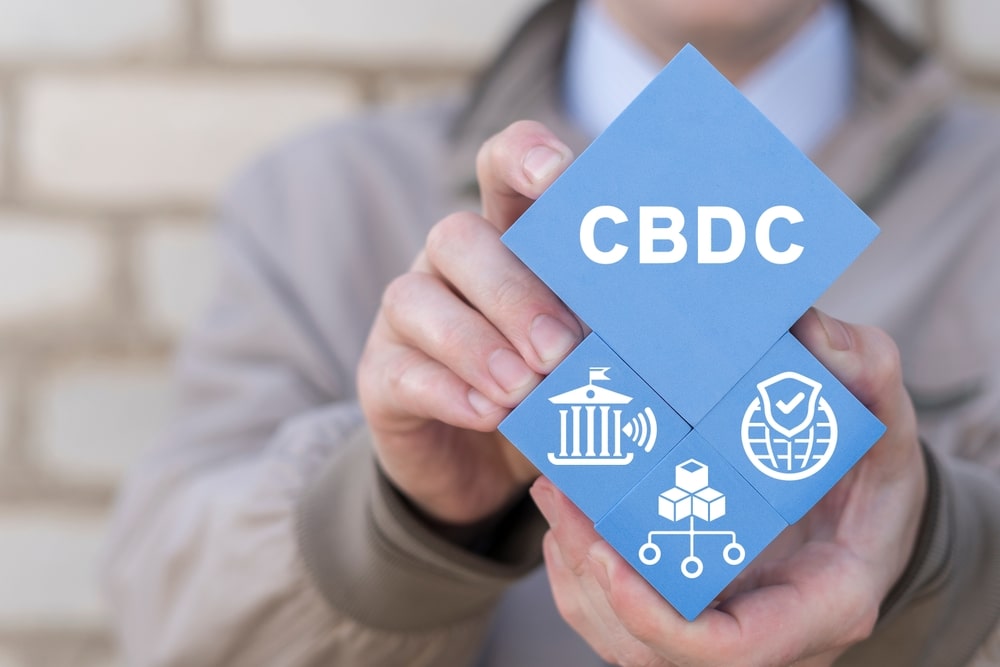Explaining Block Reward: Components and Rewards Strategy?

Definition of Block Reward and Significance in Cryptocurrency
A block reward is a critical element that bolsters cryptocurrencies’ decentralized nature and possesses excellent functional and symbolic significance. It is the payment crypto miners receive for including approved transactions to the network.
The process is called mining and entails the completion of complex mathematical puzzles, including computing power and preserving the distributed ledger’s authenticity.
A block reward’s significance is based on the idea that it is the miners’ primary incentive source, thus developing a competitive atmosphere that safeguards the overall network’s stability and security.
Besides miners being rewarded for their computing efforts, the creation of new coins is vital, and cryptocurrency circulation and distribution should be managed efficiently. Besides, eliminating the need for a central authority to offer or control currency shows how lock reward illustrates the decentralization principle.
What are the Block Reward’s Components?
Block rewards’ two major components include the transaction fee and mining reward. The mining reward is the predetermined amount of freshly minted coins awarded to miners for effectively incorporating a new block into the blockchain.
The transaction fees concern the amounts to be paid by users to include their transactions in a block. Miners are motivated to prioritize transactions with more fees, thus enhancing the blockchain’s efficacy.
The two components develop a strong incentive structure, thus improving network security and transaction validation. Besides, they offer an economic model that decentralizes cryptocurrencies and promotes the blockchain’s operation and well-being.
How do You Calculate Block Rewards?
Intricate dynamics are vital in determining cryptocurrency rewards. Some cryptocurrencies have fixed block rewards, while others use variable rewards.
In fixed block rewards, a specific number of coins is given for every successfully mined block. On the contrary, variable articles mostly rely on variables such as computing difficulty or network participation.
Halving events considerably affect the crypto realm since they impact miner incentives and market dynamics. For example, miners are compelled to depend on transaction fees with a reward reduction, indicating the variable element’s rising significance.
The hash rate utilized in the mining process influences the level of difficulty. In this case, retaining the planned generation time becomes more challenging with increasing the hash rate and including more miners in the network.
Explaining Bitcoin’s Block Reward Strategy
The block reward systems have played a critical role in creating the cryptocurrency landscape. During its initiation, miners got 50 bitcoins for effectively including a new block to the blockchain.
Nevertheless, nearly every four years, halving events that reduce the reward by 50% to maintain scarcity and replicate precious commodities’ scarcity happen. Twenty-one million bitcoins are currently in circulation, meaning the approach seeks to enhance the cryptocurrency’s store-of-value properties.
Despite other cryptocurrencies showcasing diverse reward models, they mainly obtain inspiration from Bitcoin. For example, Litecoin and Dogecoin are almost similar to Bitcoin’s halving approach, and their block rewards are modified regularly.
On the other hand, XRP’s whole supply was pre-mined, disproving the block rewards and traditional mining’s need. The Ethereum blockchain utilizes a proof-of-state consensus approach to pick validators to create new blocks based on their Ether quantity.
How Technology Advancements Impact Block Rewards?
Technological innovations can enhance mining productivity, which may minimize transaction fees as a part of overall miner income.
The capabilities and efficacies of mining devices impact the computing ability dedicated to blockchain validation. As such, mining software and hardware improvements can significantly enhance mining productivity, easing miners’ capability to process several transactions while employing less energy.
A reduction in transaction fees as a share of overall miner income may be caused by additional competition among miners. Nevertheless, it can also increase the hash rate and difficulty of the network, making competition harder for individual miners.
Final Thoughts
Technological developments in blockchain scalability solutions can impact block rewards by influencing transaction fees. In this case, less competition for block space and inexpensive transaction fees could be linked to these solutions in case they can enhance the network’s transaction throughput.
Zone Crypto Invest provides exposure for numerous crypto businesses, and we invite you to join our community! Connect with us through our Telegram chat for any questions. Given the volatile nature of cryptocurrencies, always conduct thorough research before investing. Many articles on our website are sourced from guest writers or are paid content, and they might not reflect the views of Zone Crypto Invest's internal team. The opinions in these pieces may not always coincide with Zone Crypto Invest's stance. We do not vouch for the accuracy, quality, promotions, or any other aspects showcased on our platform. Please refer to our detailed terms of service and disclaimer for further information.








